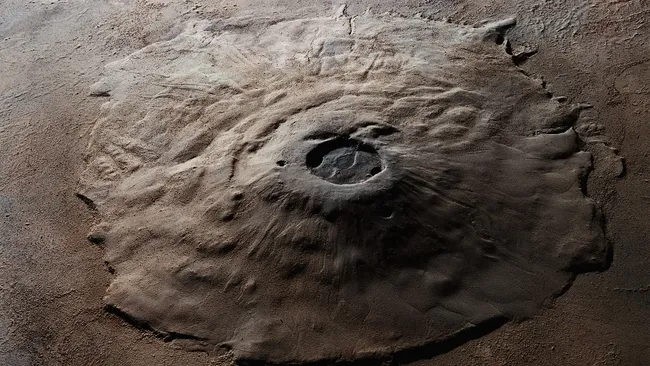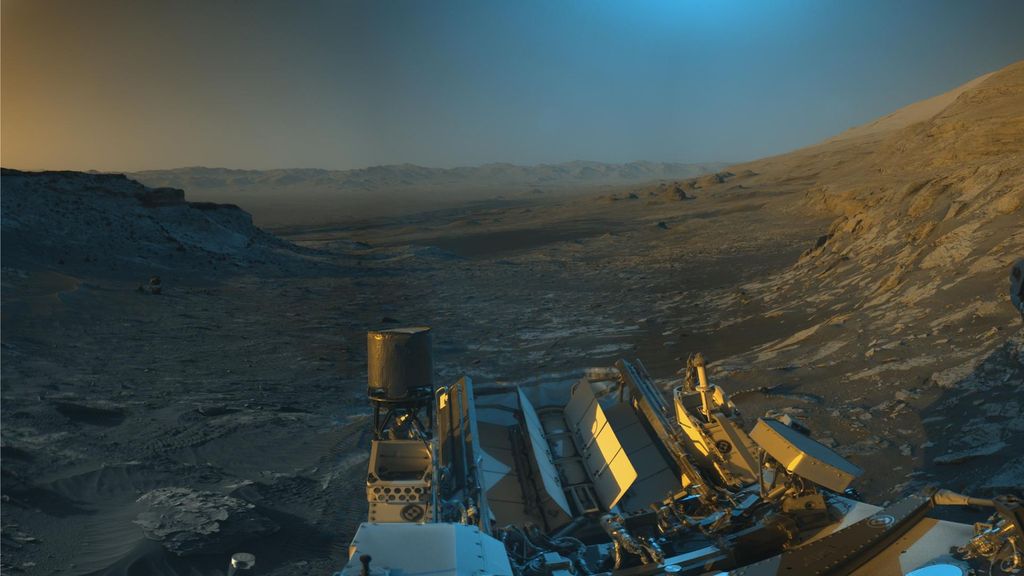Researchers have teased out the details of how sound behaves at various times and places on Mars — and the results are very different from what we are used to on Earth.
NASA's Perseverance rover on Mars carries several microphones.
These devices, intended to study the properties of materials on the Red Planet, have picked up all sorts of additional sounds, including the eerie spluttering of Martian dust devils.
Recordings have already shown that sound behaves peculiarly on Mars.
For instance, noises below 240 hertz — roughly a piano's middle C — travel about 30 feet per second (10 meters per second) slower than higher-pitched sounds do.
This is because carbon dioxide molecules, which absorb some of sound's energy at low frequencies, make up 95% of Mars' atmosphere.
Such bizarre properties, if unaccounted for, could compromise communications on future Mars missions, particularly crewed ones.
Source
NASA's Perseverance rover on Mars carries several microphones.
These devices, intended to study the properties of materials on the Red Planet, have picked up all sorts of additional sounds, including the eerie spluttering of Martian dust devils.
Recordings have already shown that sound behaves peculiarly on Mars.
For instance, noises below 240 hertz — roughly a piano's middle C — travel about 30 feet per second (10 meters per second) slower than higher-pitched sounds do.
This is because carbon dioxide molecules, which absorb some of sound's energy at low frequencies, make up 95% of Mars' atmosphere.
Such bizarre properties, if unaccounted for, could compromise communications on future Mars missions, particularly crewed ones.
Source























